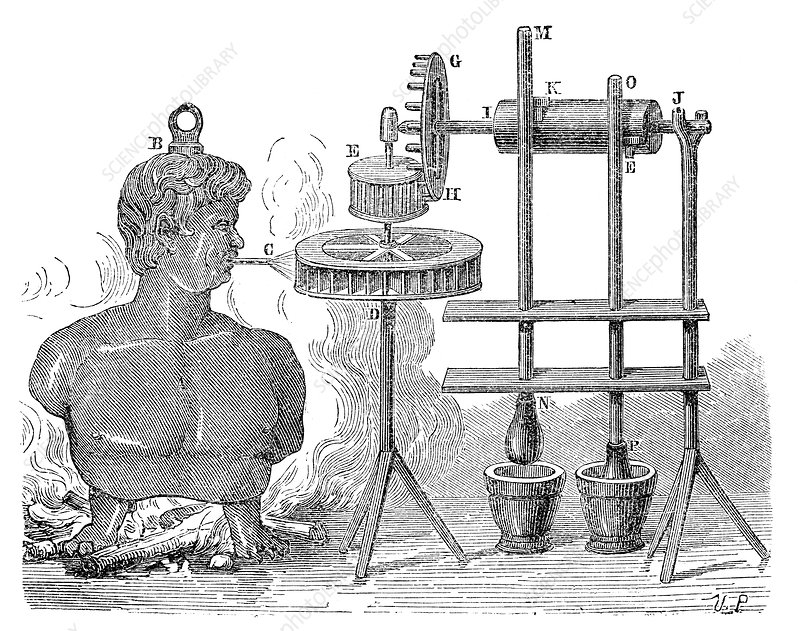Invention took Place in the Middle Age
Middle age is the time period between 9th Century - 14th Century.
This period is also known as Golden Islamic Era . In this era lots of inventions had took place by some of the great inventors.
Ismail al-Jazari was one of the great mechanical engineer at that time.
 |
| Ismail al-Jazari |
Born: 1136AD - Died: 1206AD
He was a
polymath: a scholar, inventor, mechanical engineer, artisan, artist and
mathematician from the Artuqid Dynasty of Jazira in Mesopotamia.
He is best
known for writing The Book of Knowledge of Ingenious Mechanical Devices, where
he described 50 mechanical devices, along with instructions on how to construct
them.
Following are some of its major machineries that he had constructed.
World's first Programmable Humanoid Robot:
Musical Robot Band
Al-Jazari created a musical automaton, which was a boat with four automatic musicians that floated on a lake to entertain guests at royal drinking parties.
It has a
programmable drum machine with pegs (cams) that bump into little levers that
operated the percussion. The drummer could be made to play different rhythms
and different drum patterns if the pegs were moved around.
Elephant Clock
The elephant clock described by al-Jazari in 1206 is notable for several innovations. It was the first clock in which an automaton reacted after certain intervals of time.
In this case, a humanoid robot striking the cymbal and a mechanical robotic bird chirping and the first water clock to accurately record the passage of the temporal hoursto match the uneven length of days throughout the year.
Saqiya Chain Pump
The first known use of a crankshaft in a chain pump was in one of al-Jazari's saqiya machines.
The concept of minimizing the man power is first implied in one of
al-Jazari's saqiya chain pumps, which was for the purpose of maximizing the
efficiency of the saqiya chain pump.
Al-Jazari also constructed a water-raising saqiya chain pump which was run by hydropower rather than manual labour.
Saqiya machines have been supplying water in Damascus since the 13th century up until modern times, and were in everyday use throughout the medieval Islamic world.
Peacock fountain with automated servants
Water and its usages holds
particular importance in Islam; both as being an integral part of the
pre-prayer washing processes ‘wudu’ and ‘ghusl’, and a key feature in Islamic
gardens – four fountains featuring in the Paradise Garden;
the Islamic final resting place referenced in the Quran. Machines relating to water held a significant
function in both a divine and practical sense
Al-Jazari's "peacock
fountain" was a more sophisticated hand washing device featuring humanoid
automata as servants which offer soap and towels.
Pulling a plug on the
peacock's tail releases water out of the beak; as the dirty water from the
basin fills the hollow base a float rises and actuates a linkage which makes a servant figure appear from behind a door
under the peacock and offer soap. When more water is used, a second float at a
higher level trips and causes the appearance
of a second servant figure – with a towel!







Comments
Post a Comment